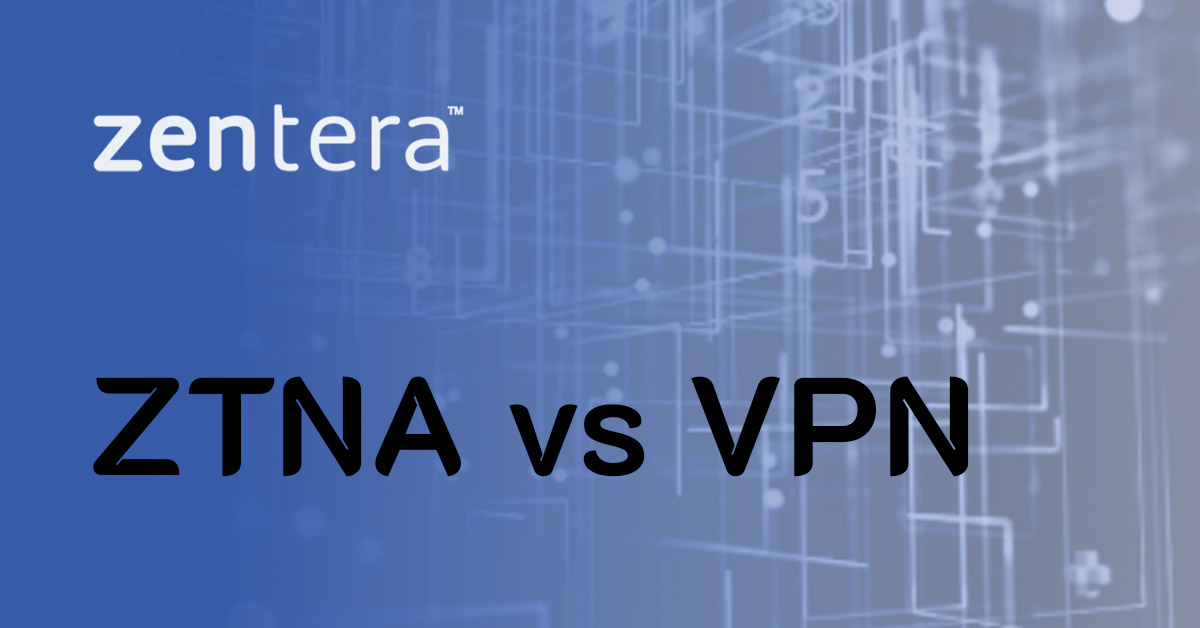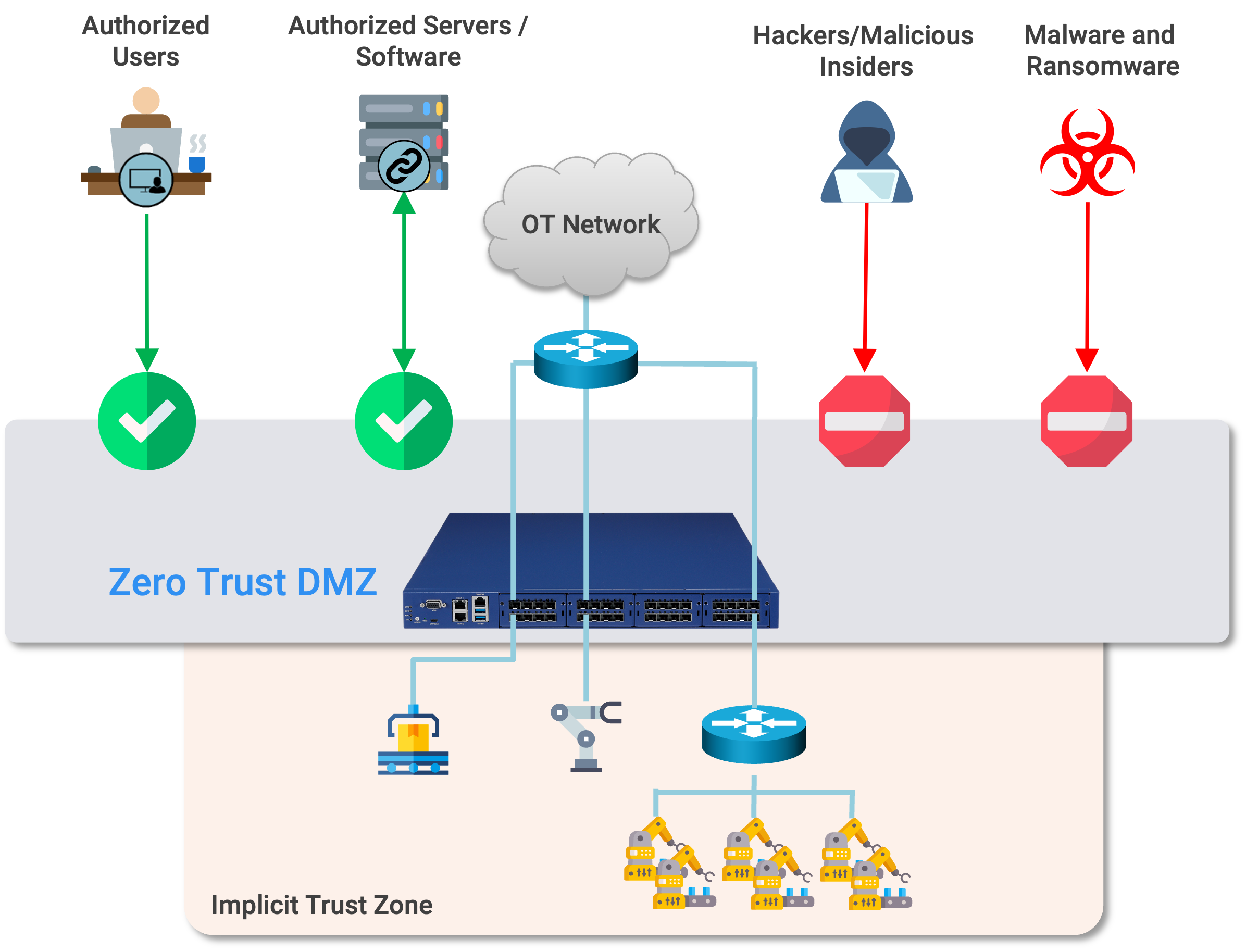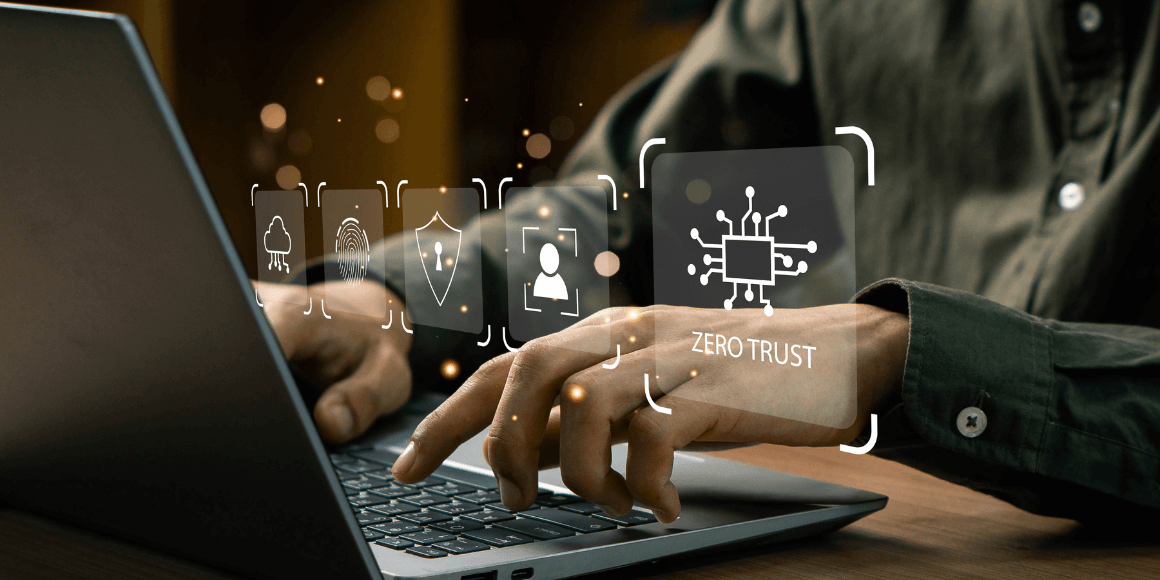How to Choose the Right Zero Trust Solutions

Yesterday’s cybersecurity methods were designed for a different time, failing to combat an evolving threat landscape. But this doesn’t mean organizations have to be vulnerable, either. Zero Trust solutions offer a modern take on protecting your resources as business changes to incorporate remote work, cloud technology, and more.
So how can you make Zero Trust work for your unique needs? Let us be your guide for selecting the right solutions, from the basics of Zero Trust to key considerations to enhance your security posture.
Understanding Zero Trust
Zero Trust is a cybersecurity approach that shifts from traditional network-based perimeters to a focus on users, assets, and resources. Like Fox Mulder said in The X-Files, “Trust no one.” Zero Trust solutions operate on the principle that no entity—user, app, service, or device—should be trusted automatically and must be verified before accessing resources. It protects resources rather than network segments and allows you to spot suspicious activity quickly.
To protect your organization from cyberattacks, effective Zero Trust solutions incorporate four key components:
- Identity verification: Organizations must implement measures to authenticate users, machines, and devices. Zero Trust streamlines verification via multi-factor authentication (MFA) and single sign-on (SSO) to ensure the best identity inputs.
- Micro-segmentation: Restrict access to critical information by dividing your network into smaller segments. Manage traffic between segments with a combination of network virtualization, software-defined networking (SDN), host-based firewalls, and network access control lists (NACLs).
- Least privilege access: Users can only access what they need for their jobs to reduce attack risk and damage. Implementing least privilege requires stringent management of user permissions.
- Continuous monitoring: User identity, device identity, privileges, and security must be repeatedly checked. With Zero Trust, user logins automatically time out after a period of inactivity and must reestablish authorization.
Traditional Security Models vs. Zero Trust
From the 90s onward, organizations got used to relying on simple cybersecurity tools. Traditional security models focus on perimeter defense, such as antivirus and firewalls, assuming most threats are external. However, the threat landscape is shifting inward as employees access systems—threatening security intentionally and unintentionally—and cyber attackers become savvier than ever to slip past these protections.
But again, Zero Trust doesn’t trust anything automatically. The key differentiator is its reliance on identity-based controls, whether the entity attempting access is inside or outside the perimeter. Zero Trust minimizes your potential attack surface—and damage—by quickly capturing and restricting any breaches that might go undetected by traditional security.
Understanding Your Organization's Needs
Preparing to implement Zero Trust takes some introspection. Your organization should start by identifying specific security requirements and objectives to form the foundation of its strategy. Knowing the "Why?" behind pursuing Zero Trust solutions helps ground the implementation and guides decision-making.
But don’t overlook the systems already in place, either. Assess your current IT infrastructure and potential vulnerabilities to better address vulnerabilities. Have any unique regulatory compliance needs or industry standards? Take stock of these to ensure Zero Trust can meet obligations while safeguarding the organization against potential threats.
Two similar yet distinct schools of thought dominate the Zero Trust landscape, developed by the foremost organizations in the industry:
NIST SP 800-207
NIST Special Publication (SP) 800-207 focuses on protecting resources—such as databases, applications, or Internet of Things (IoT) devices—instead of networks, clouds, or user endpoints. This model includes an implicit trust zone in which all communications are trusted, a policy decision point to enforce access and security, an untrusted zone of everything in the corporate network, and subjects that require validation.
CISA Zero Trust Maturity Model
The Cybersecurity and Infrastructure Security Agency (CISA) Zero Trust Maturity Model (ZTMM) focuses on protecting entities and improving visibility and analytics, automation and orchestration, and governance to optimize over time across four stages of maturity:
- Traditional: Manual configurations, static security policies, dependencies on external systems, and manual incident response and mitigation processes
- Initial: Introduction of automation for attribute assignments, lifecycle configurations, policy decisions, enforcement, and initial cross-pillar solutions with external system integration
- Advanced: Cross-functional coordination, enterprise-wide awareness, centralized visibility and identity control, incident response to predefined mitigations, and detailed external system dependencies
- Optimal: Fully automated attribute assignments, dynamic policies based on triggers, alignment with open standards for interoperability, and centralized visibility
ZTMM outlines a progression of Zero Trust across five pillars. Let’s discuss more on that below.
Ensure Your Zero Trust Solutions Follow CISA
CISA’s framework makes the most sense for organizations. The basic premise? Your Zero Trust solution must be capable of orchestrating across five pillars, ensuring technologies support each other and work together for a holistic approach, instead of centralizing everything in a single tool.
1. Identity
Seek out Zero Trust solutions that provide strong identity authentication methods, including SSO and MFA. These measures should be in place across users and devices.
2. Devices
Ensure that any candidate solution is capable of managing and monitoring all devices. You should be able to take steps to secure endpoints, informed by the security posture from your existing endpoint detection and response (EDR).
3. Networks
Verify each connection through network traffic monitoring. An effective Zero Trust solution incorporates micro-segmentation to limit lateral movement within your network.
4. Applications and Workloads
Stay aware of applications trying to use your network. Although deep packet inspection can identify threats, it’s expensive and inefficient. Opt for a Zero Trust solution that uses other techniques, such as digital signatures, cryptographic identities, and patch management.
5. Data Protection
Safeguard your data at all costs. Effective Zero Trust solutions should encrypt sensitive data and implement access controls to ensure data loss prevention (DLP) across the organization.
Considerations for Your Zero Trust Implementation
Perhaps the most important thing to remember about transitioning to Zero Trust is you can’t do it in one fell swoop. Significant security changes require your organization to cover all the bases for a seamless rollout, including:
Proof of Concept
Before you commit to Zero Trust solutions, take them for a test drive in a controlled environment. Doing so identifies potential issues early so your organization can make adjustments—or even pivot to a different solution—before rollout.
Phased Implementation
Manage risks and ease the transition with a phased approach. Piloting Zero Trust solutions limits their scope to better evaluate performance and gather feedback so you can refine and roll the solution out gradually, minimizing disruptions.
Training and Change Management
Shifting to Zero Trust solutions has a learning curve. Establish training programs to educate employees and stakeholders about new security protocols and implement change management to address any lingering struggles or resistance.
Evaluating Vendors and Solutions
Vet any potential Zero Trust solutions carefully, especially in terms of integration capabilities. Your organization’s cybersecurity measures must be compatible with existing systems and adaptable to future technologies.
Cost and ROI
What pricing model does your possible solution use? Factor this in alongside the total cost of ownership and benefits to measure ROI and match your Zero Trust solutions to strategic goals.
Shut the Door with Zero Trust Solutions
Worried about ransomware or unauthorized access? Safeguard your assets no matter what threats are thrown at your organization. Zero Trust solutions strengthen your cybersecurity posture so you don’t have to respond reactively when a breach forces your hand. Make strides in your cybersecurity—find solutions that match your needs.
Zentera can help! Get in touch today for personalized guidance and a free consultation with one of our qualified architects.




